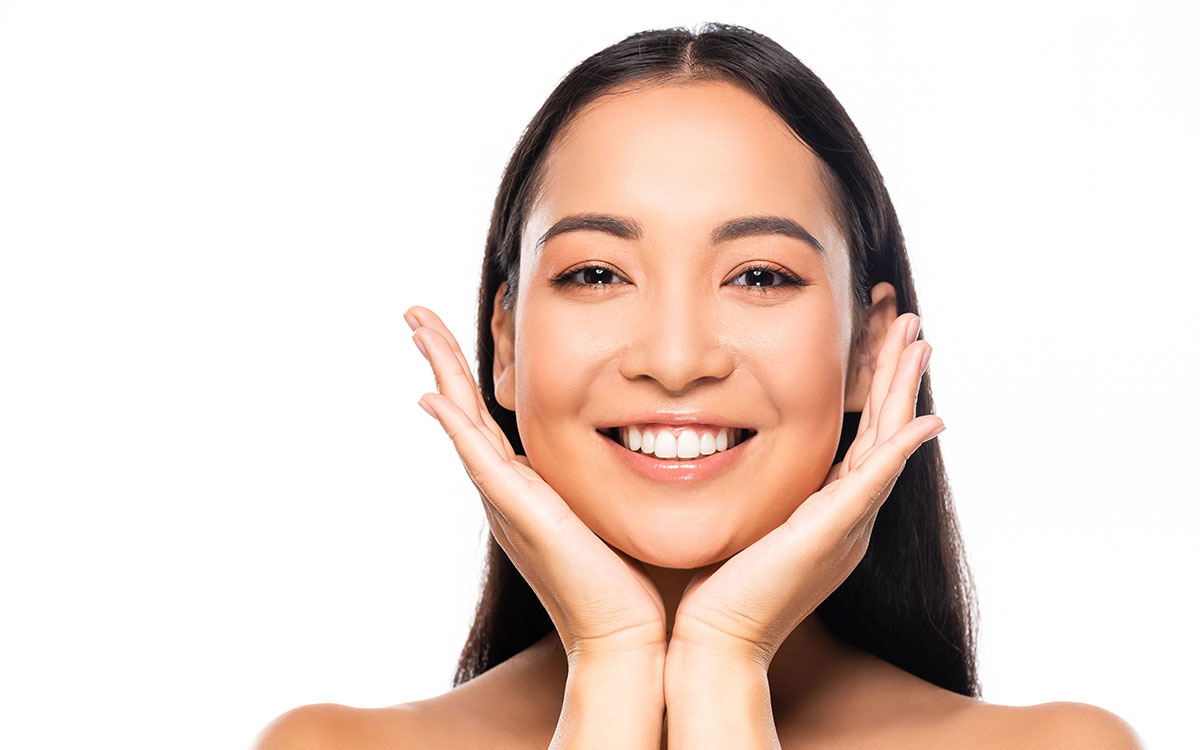Oddly spaced or crowded teeth can affect your smile, eating ability and self-confidence. Invisalign treatments have been increasing in popularity due to their ability to improve a smile. Invisalign is the brand name of a popular thin clear aligner used to correct dental problems. The aligner is made from SmartTrack, a type of flexible thermoplastic.
The name is derived from the words ‘invisible’ and ‘aligner’, meaning that it is designed to be “less conspicuous” compared to traditional brackets and wire braces. The aligners are not entirely invisible; however, the clear plastic makes them less visible. This article will discuss 8 things you need to know about Invisalign.
What Types of Dental Issues Can Be Corrected Using Invisalign?
Like all dental treatments, Invisalign is more suitable for treating certain conditions. Invisalign treatment is typically recommended for spacing and crowding dental issues, as well as some mild and moderate bite issues.
According to Invisalign’s website, their treatment can be used to correct the following:
- Overbite
- Underbite
- Crossbite
- Gap teeth
- Open bite
- Crowded teeth
The website also added that it can generally straighten teeth and treat growing children with a mix of baby and permanent teeth. Though research appears to be limited, some papers suggest that it might effectively treat most spacing and crowding issues. However, it was less effective for more severe bite issues.
What Does Invisalign Involve?
It involves visiting the orthodontist for assessment and a 3-D teeth scan to create a custom tray for every patient’s unique dental profile. Patients will then be required to wear the aligner for a certain period with regular assessment until the desired treatment is achieved.
Regular face-to-face check-ups every few weeks to check on treatment progress are required to ensure that patients receive new batches of aligners. Aligners are modified according to the improvement of treatment providing maximum results. Invisalign results can be observed after 6 months of treatment; however, treatment typically lasts 12 months.
Is Invisalign Painful?
Aside from the aesthetic factors, Invisalign is preferred by some patients due to its painless treatment. Though discomfort and slight soreness may be experienced when wearing the trays, it is relatively painless.
How Effective is Invisalign Compared to Other Aligners?
As of September 2022, Invisalign treated over 14 million patients. However, there is little data on the effectiveness of Invisalign treatments. Most of the existing studies have been found to have small sample groups and are generally short-term studies with no comparison groups. However, studies have found that Invisalign is more effective than other clear aligners.
Invisalign was more effective than Minor tooth movement (MTM), Direct to Consumer Alternatives, and ‘homemade’ aligners. Traditional brackets and wires may be more effective; however, they are more conspicuous compared to clear aligners, which are made to be less noticeable.
What Can Affect the Effectiveness of Invisalign Treatment?
Typically, the effectiveness of Invisalign treatment is determined by the types of dental issues and wear duration. As discussed above, Invisalign is not recommended for more severe bite issues but is effective for mild to moderate bite issues. Some dental cases may also require a longer treatment duration than others.
Additionally, for the aligners to work effectively, the patient should wear them for 20 to 22 hours daily. Aligners should only be removed when eating or drinking and cleaning your teeth and the aligners.
A scientific study also found that Invisalign’s effectiveness may be affected by gender and age. For example, they discovered that teeth movement increased between the ages of 35 and 50 with only women experiencing activity until 70.
The effectiveness of treatment can also be affected by the accuracy of fitment, with a better-customized aligner working better. Similarly, warping the aligners when cleaning, for example, with boiling water, can affect treatment progress.
How Do I Take Care of My Oral Hygiene?
Since Invisalign can be easily removed, cleaning the teeth and aligner is easy and quick. Traditional braces require working around the individual brackets and wires.
What are the Pros and Cons?
Pros
- More aesthetic -Less conspicuous than traditional brackets and wires
- Removable –Invisalign aligners can be easily physically removed compared to other permanent fixed aligners.
- Easier cleaning – since the aligners are removable, patients can easily clean their teeth and the aligner.
- Fewer complications- since the aligners can be easily removed and replaced any difficulty does not require emergency orthodontist visits.
- Wider food choice- traditional braces require patients to avoid certain candy, gum, sticky food, and hard foods, such as apples, that can physically damage the metal wires or brackets. The patient can easily remove Invisalign before eating.
Cons
- Reduced effectiveness for more severe issues- Invisalign is generally less effective for more complex problems such as severe bite issues.
- Reduced compliance- Patients are required to wear the aligners for 20 to 22 hours daily; however, some wear them for fewer hours, reducing effectiveness.
- Can stain or cause increased oral bacterial growth- Patients are required to remove the aligners when eating or drinking to reduce chances of staining or trapping food, increasing bacterial growth.
- Discomfort- some aligners may require additional filing or dental wax application to reduce discomfort.
- Food limitations- some patients may experience tooth soreness if they remove the aligners limiting their choices of hard foods.
Bottom Line
Invisalign can help correct a wide range of spacing and crowding dental issues and mild to moderate bite issues. Installation is relatively painless and less complex compared to traditional braces.
Consider scheduling an appointment with our orthodontists or dentists to discuss what type of treatment you may need and whether Invisalign is suitable for you.







